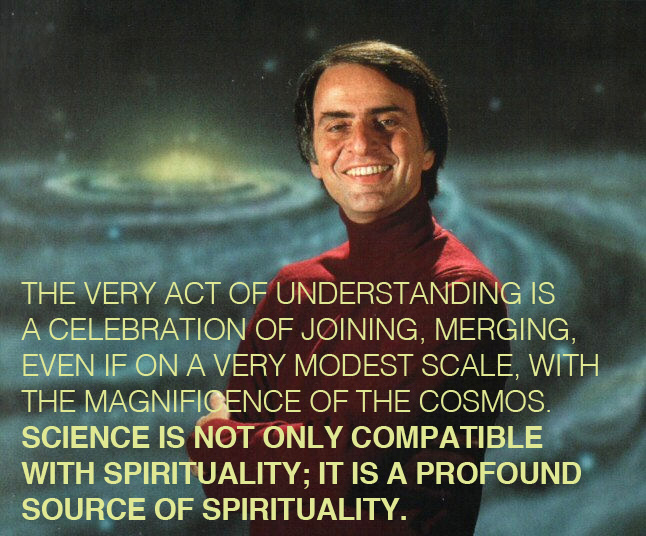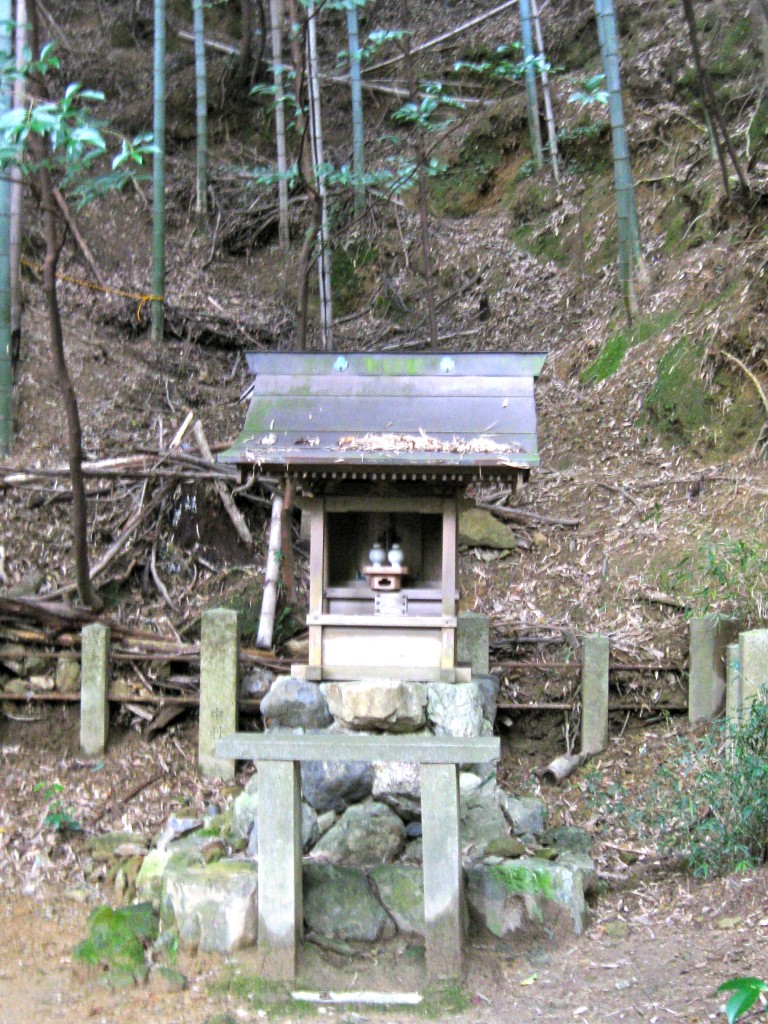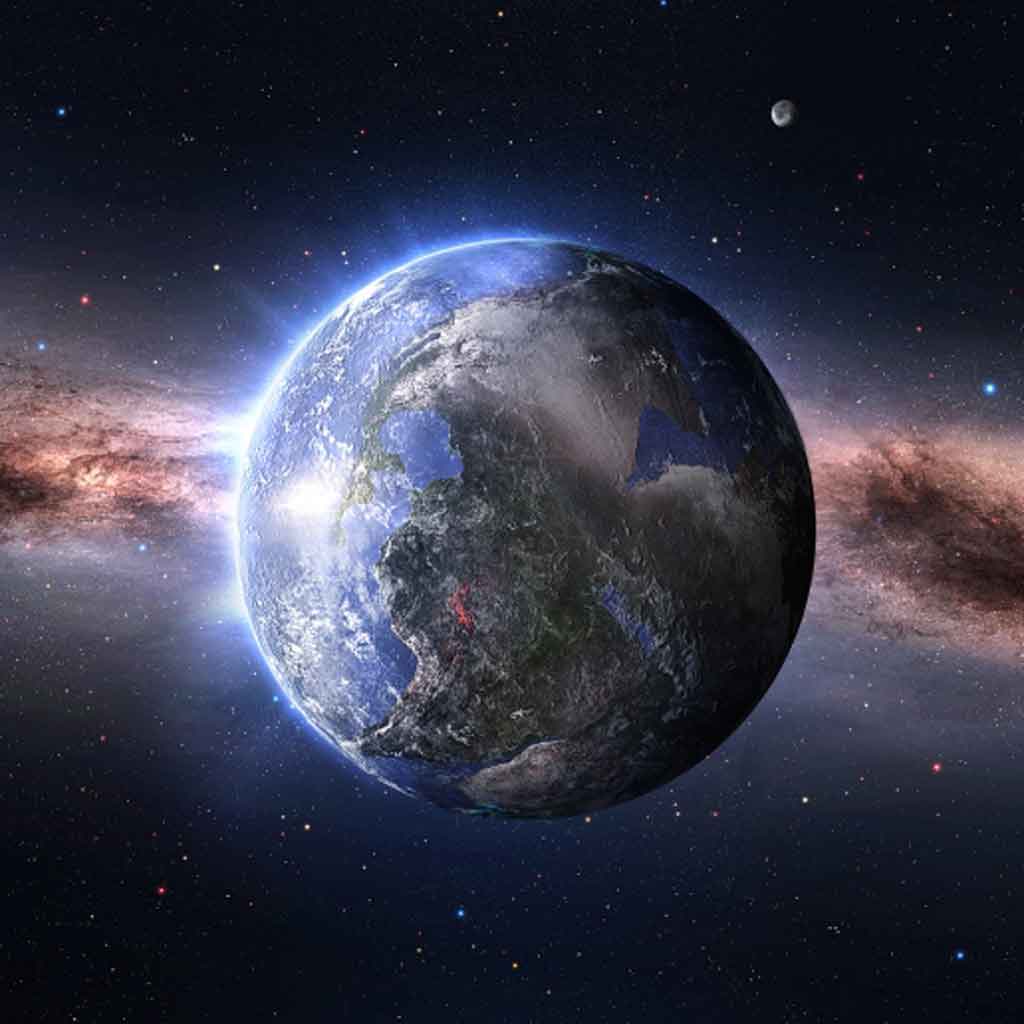
The great mythologist, Joseph Campbell, saw Shinto as a religion of awe, and there are those who propose that its rituals are open to an interpretation in which the kami are viewed as a figurative expression compatible with atheism. In this respect it’s interesting that the well-known atheist Richard Dawkins has talked of the almost mystical sense of awe that a scientific understanding of the cosmos can evoke, and in the piece below Carl Sagan is quoted to lyrical effect on a similar theme. (Photo and article thanks to the brainpickings website)
****************************************************
Carl Sagan on Science and Spirituality
by Maria Popova
“The notion that science and spirituality are somehow mutually exclusive does a disservice to both.”
The friction between science and religion stretches from Galileo’s famous letter to today’s leading thinkers. And yet we’re seeing that, for all its capacity for ignorance, religion might have some valuable lessons for secular thought and the two need not be regarded as opposites.
In 1996, mere months before his death, the great Carl Sagan — cosmic sage, voracious reader, hopeless romantic — explored the relationship between the scientific and the spiritual in The Demon-Haunted World: Science as a Candle in the Dark. He writes:
Plainly there is no way back. Like it or not, we are stuck with science. We had better make the best of it. When we finally come to terms with it and fully recognize its beauty and its power, we will find, in spiritual as well as in practical matters, that we have made a bargain strongly in our favor.
But superstition and pseudoscience keep getting in the way, distracting us, providing easy answers, dodging skeptical scrutiny, casually pressing our awe buttons and cheapening the experience, making us routine and comfortable practitioners as well as victims of credulity.
And yet science, Sagan argues, isn’t diametrically opposed to spirituality. He echoes Ptolemy’s timeless awe at the cosmos and reflects on what Richard Dawkins has called the magic of reality, noting the intense spiritual elevation that science is capable of producing:
In its encounter with Nature, science invariably elicits a sense of reverence and awe. The very act of understanding is a celebration of joining, merging, even if on a very modest scale, with the magnificence of the Cosmos. And the cumulative worldwide build-up of knowledge over time converts science into something only a little short of a trans-national, trans-generational meta-mind.
“Spirit” comes from the Latin word “to breathe.” What we breathe is air, which is certainly matter, however thin. Despite usage to the contrary, there is no necessary implication in the word “spiritual” that we are talking of anything other than matter (including the matter of which the brain is made), or anything outside the realm of science. On occasion, I will feel free to use the word. Science is not only compatible with spirituality; it is a profound source of spirituality. When we recognize our place in an immensity of light years and in the passage of ages, when we grasp the intricacy, beauty and subtlety of life, then that soaring feeling, that sense of elation and humility combined, is surely spiritual. So are our emotions in the presence of great art or music or literature, or of acts of exemplary selfless courage such as those of Mohandas Gandhi or Martin Luther King Jr. The notion that science and spirituality are somehow mutually exclusive does a disservice to both.
Reminding us once again of his timeless wisdom on the vital balance between skepticism and openness and the importance of evidence, Sagan goes on to juxtapose the accuracy of science with the unfounded prophecies of religion:
Not every branch of science can foretell the future — paleontology can’t — but many can and with stunning accuracy. If you want to know when the next eclipse of the Sun will be, you might try magicians or mystics, but you’ll do much better with scientists. They will tell you where on Earth to stand, when you have to be there, and whether it will be a partial eclipse, a total eclipse, or an annular eclipse. They can routinely predict a solar eclipse, to the minute, a millennium in advance. You can go to the witch doctor to lift the spell that causes your pernicious anaemia, or you can take vitamin Bl2. If you want to save your child from polio, you can pray or you can inoculate. If you’re interested in the sex of your unborn child, you can consult plumb-bob danglers all you want (left-right, a boy; forward-back, a girl – or maybe it’s the other way around), but they’ll be right, on average, only one time in two. If you want real accuracy (here, 99 per cent accuracy), try amniocentesis and sonograms. Try science.
Think of how many religions attempt to validate themselves with prophecy. Think of how many people rely on these prophecies, however vague, however unfulfilled, to support or prop up their beliefs. Yet has there ever been a religion with the prophetic accuracy and reliability of science? There isn’t a religion on the planet that doesn’t long for a comparable ability — precise, and repeatedly demonstrated before committed skeptics — to foretell future events. No other human institution comes close.
In the present global age, the convergence of science and spirituality could offer a universal and ecological worldview, free of narrow-minded nationalism and consumer greed.



Leave a Reply